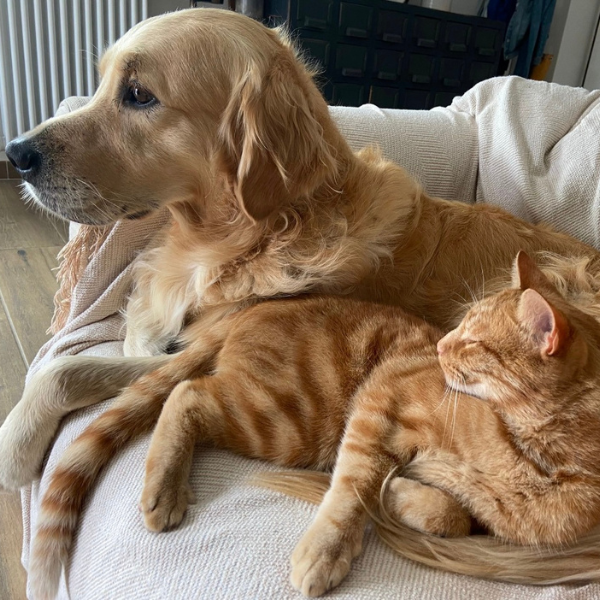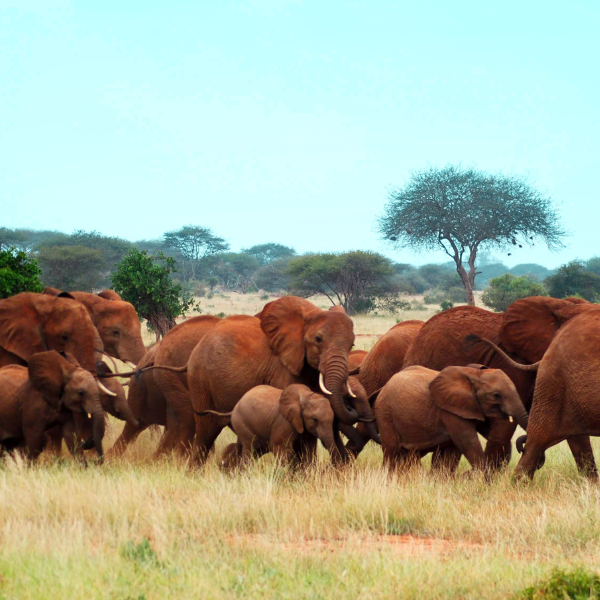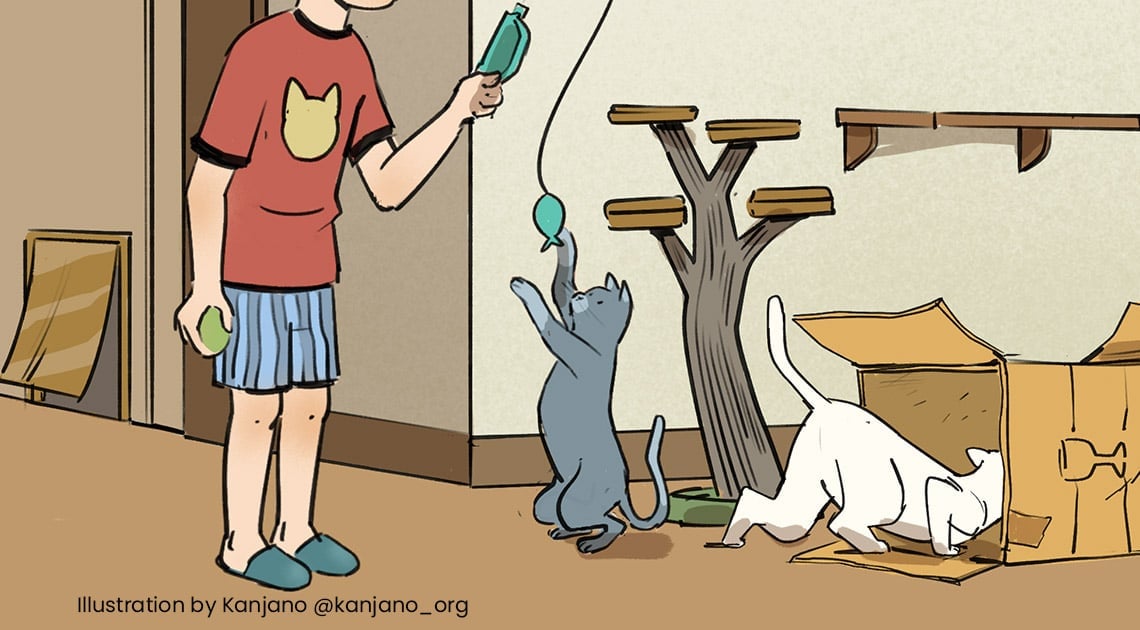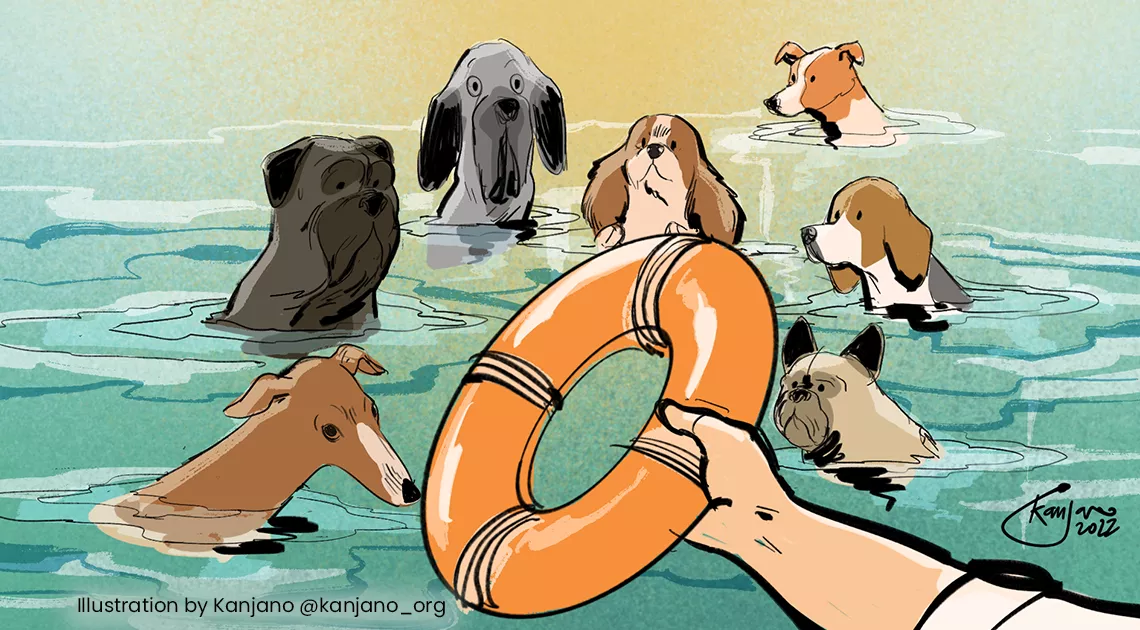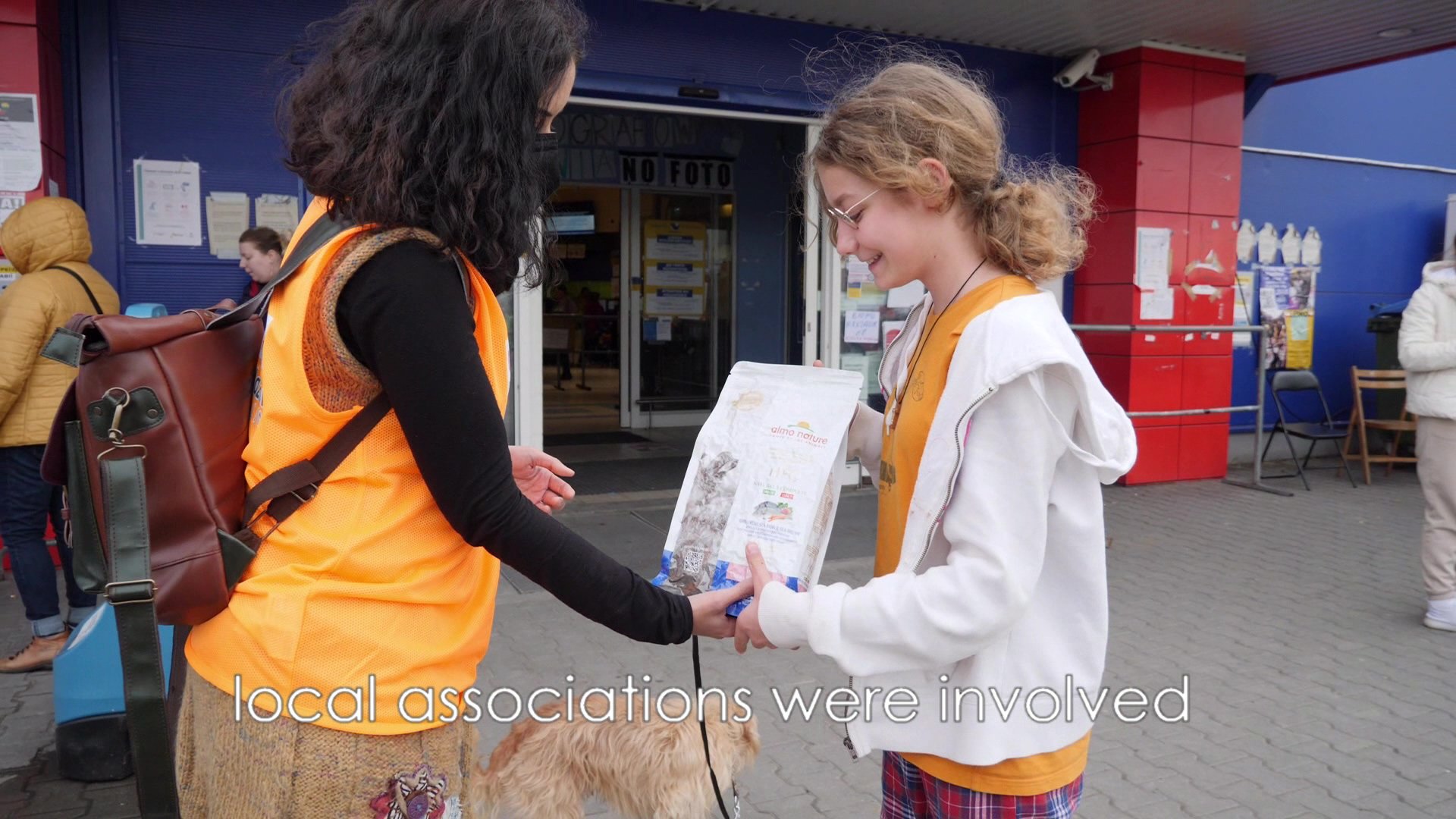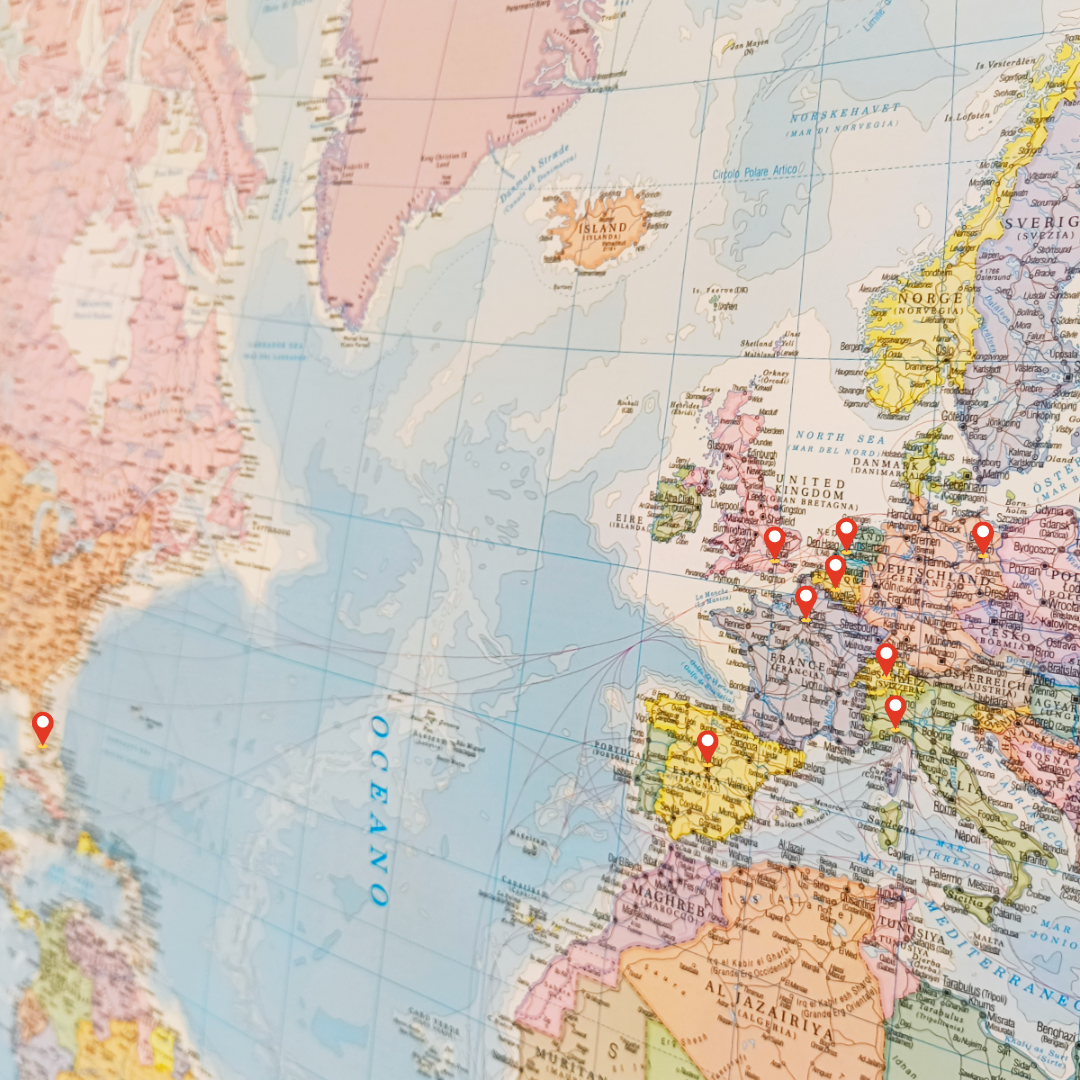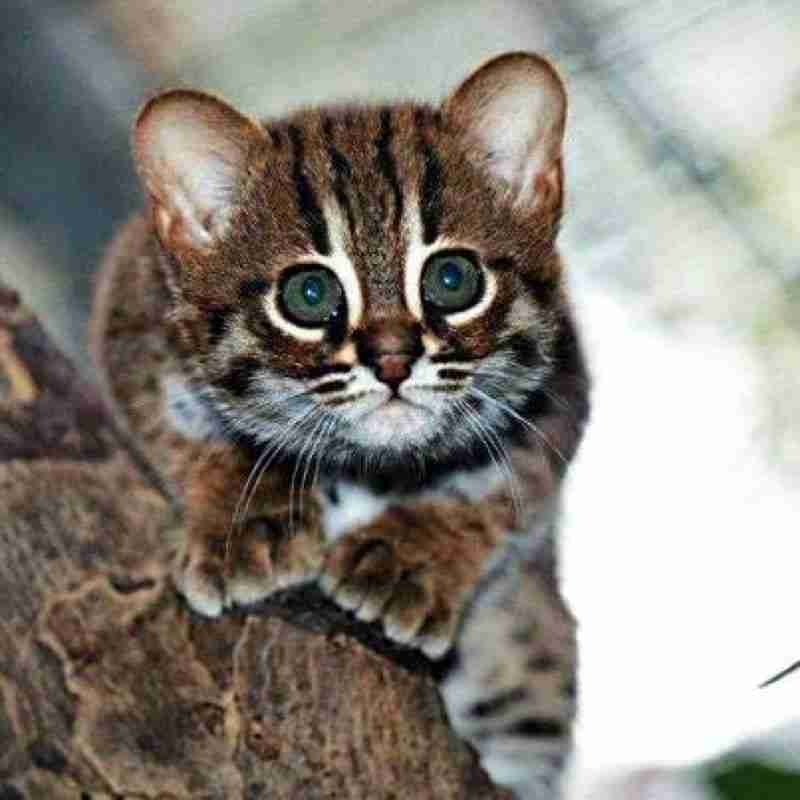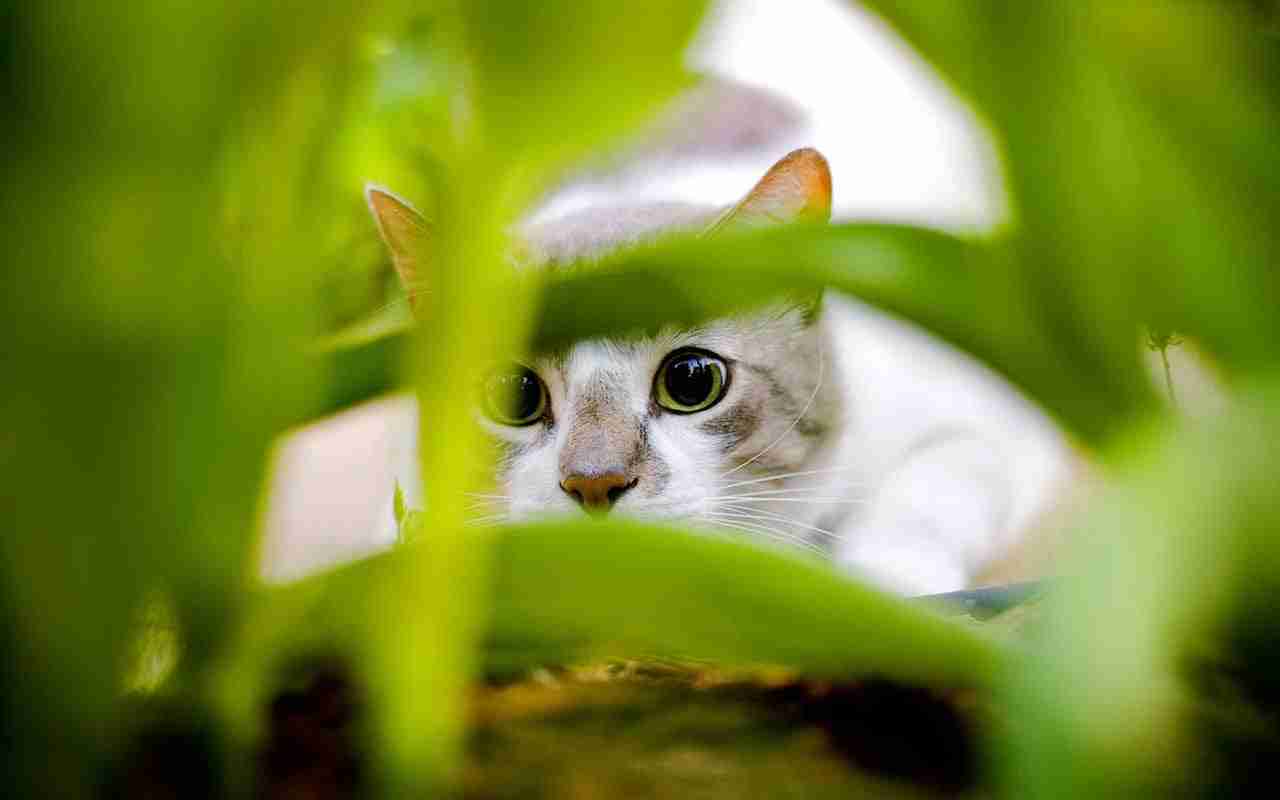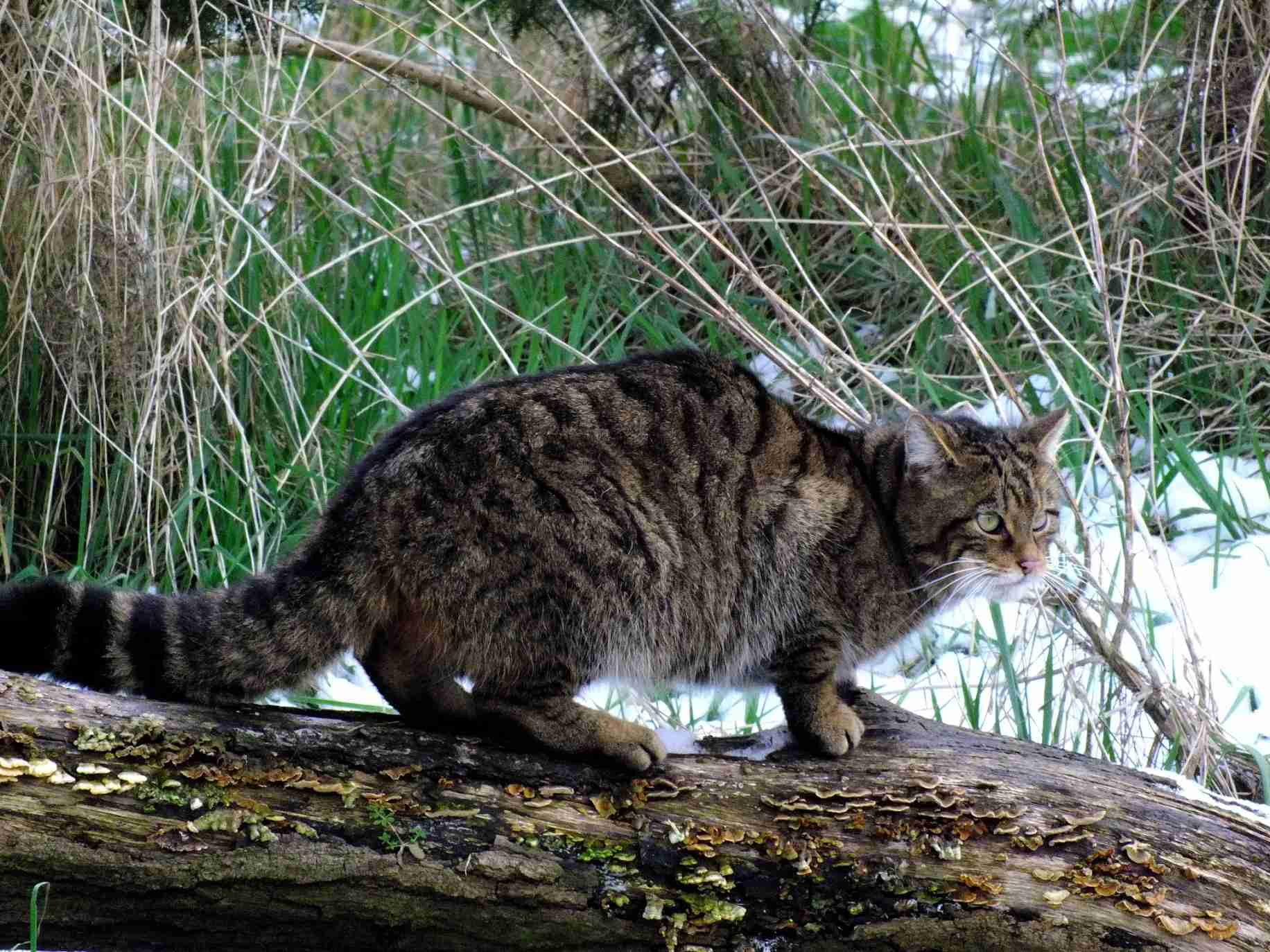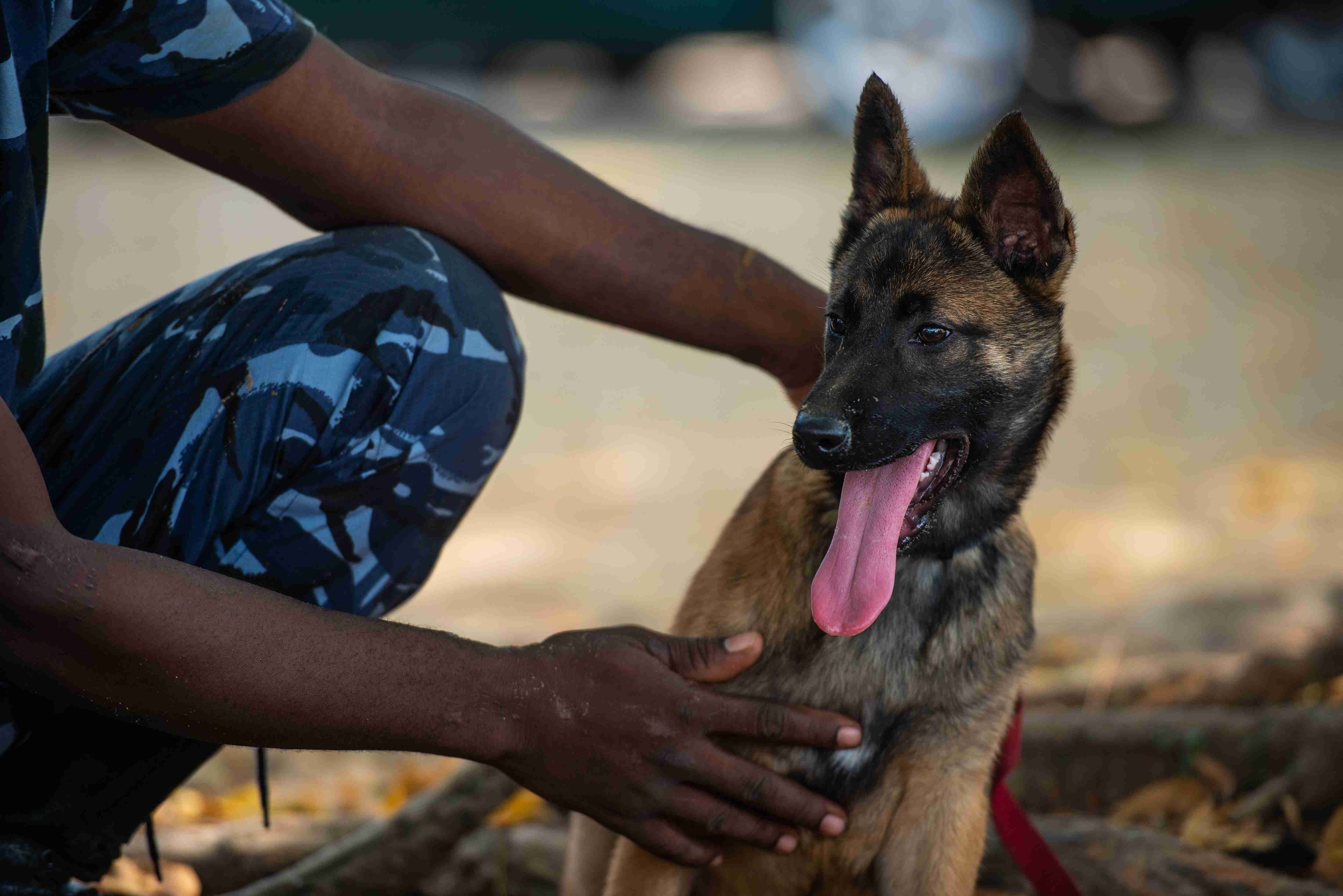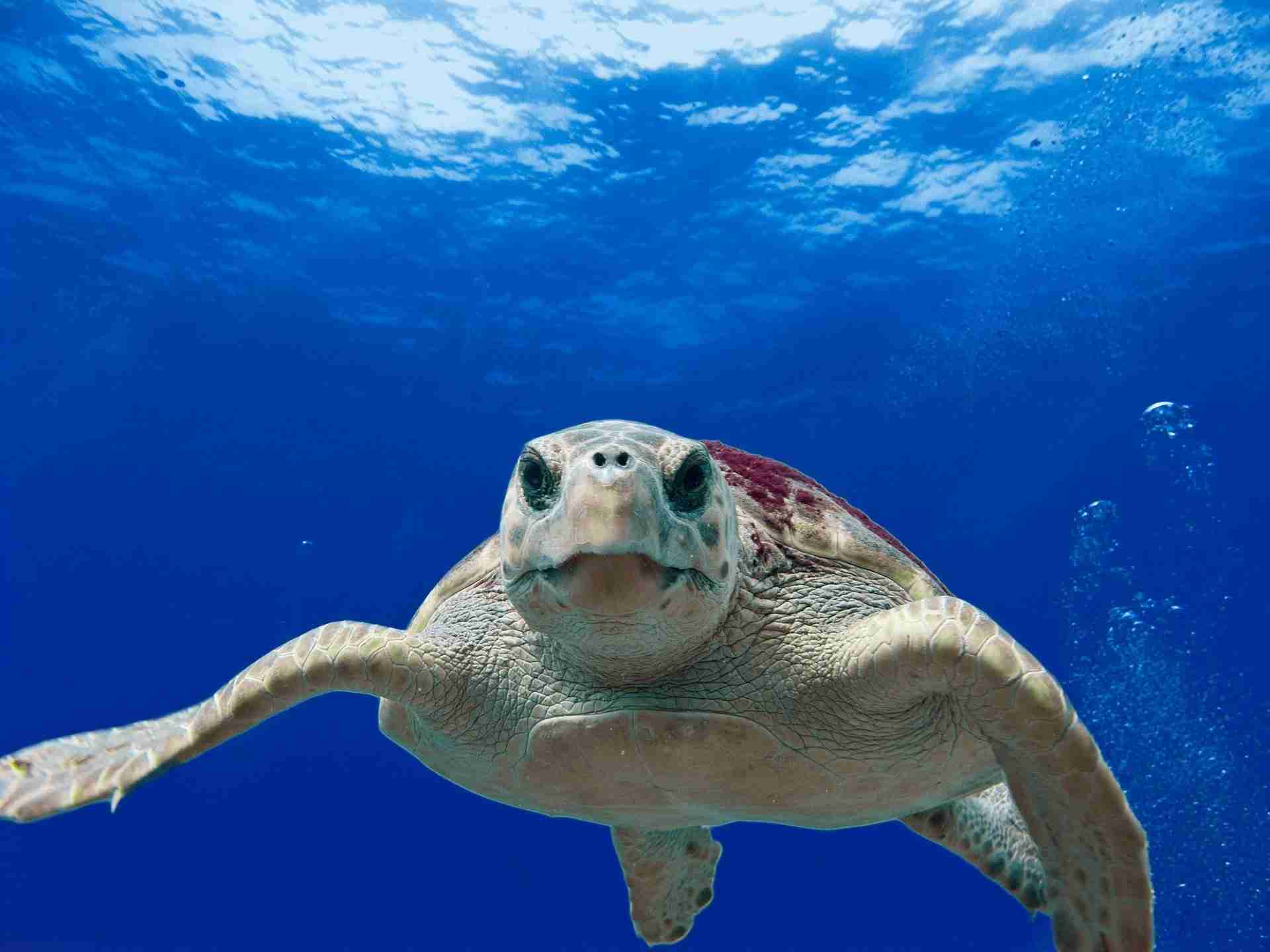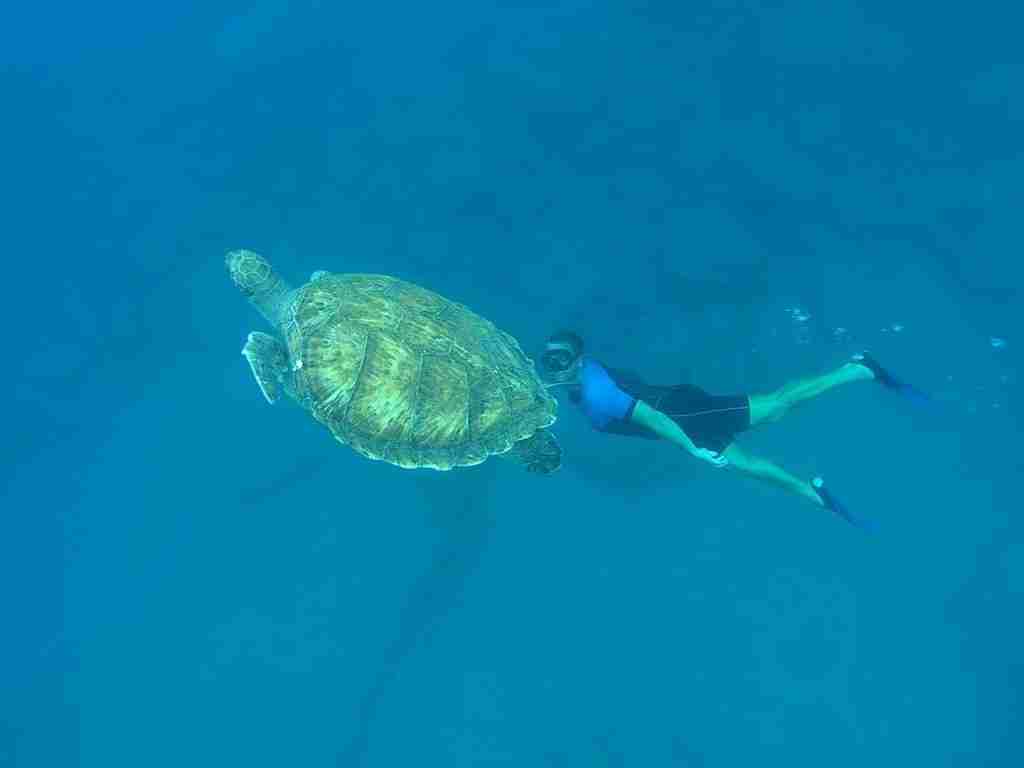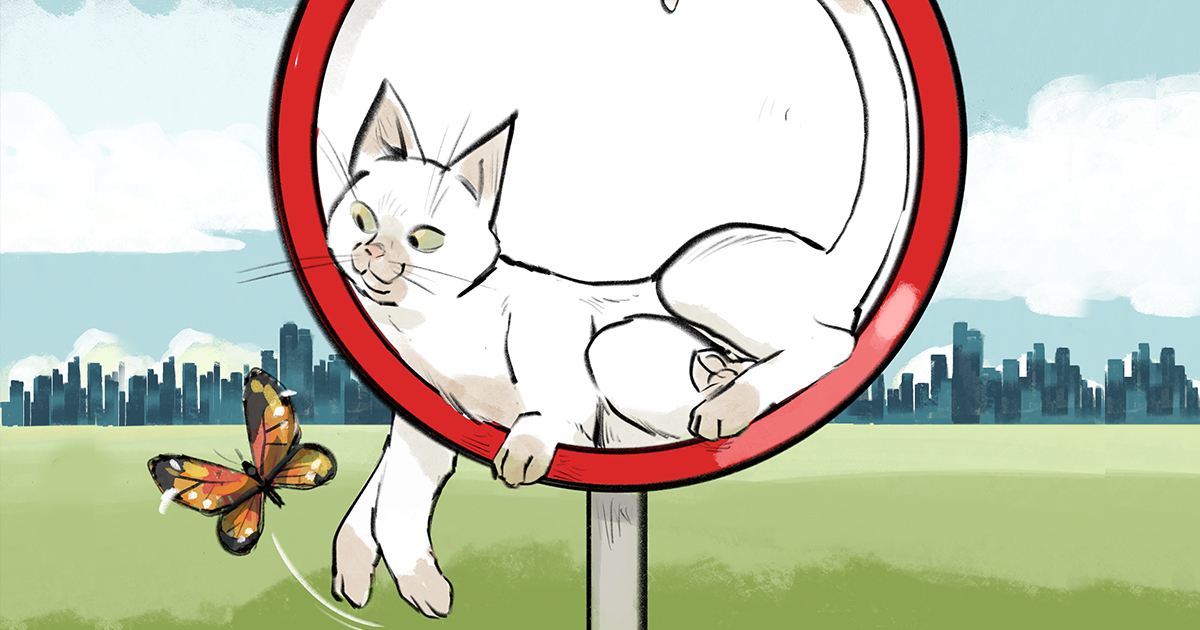The Wild Cat – Ghost of the woods
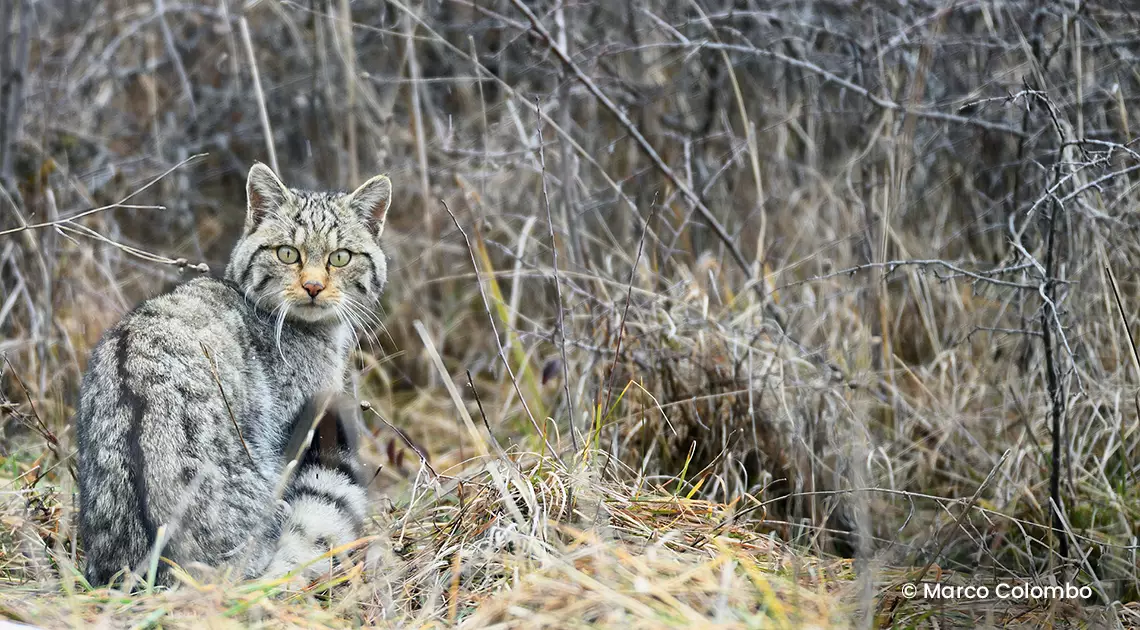
Article & main foto
by Marco Colombo
Naturalist, photographer and science communicator
When we think about wild cats, our minds often wander to the great African Savannah, the kingdom of the lion, or the Indian jungle, where tigers hide.
Yet, perhaps not everyone knows that even in Europe there are some extremely interesting species belonging to this more or less specialized carnivore family. In the Iberian Peninsula, for example, the Pardina Lynx (Lynx pardinus) appears to be finally out of danger of extinction thanks to an increase of rabbits (Its favourite prey), and a reduction in investment on road construction thanks to European Community projects.
The same cannot be said for the Eurasian lynx (Lynx lynx), the population of which, fragmented by centuries of persecution, has been struggling to recover in the central-western part of its habitat range, despite several reintroduction projects set up to try to re-establish the original nuclei. Some can be seen in Italy, like the famous B132, a male that has been moving between Trentino and Lombardy for several years. But, on the whole, we are talking about a very small number of animals in all.
If we go down in size from the 25-36 kg lynx, we come to another feline that is fortunately more common even if often invisible: The European wild cat (Felis silvestris silvestris).
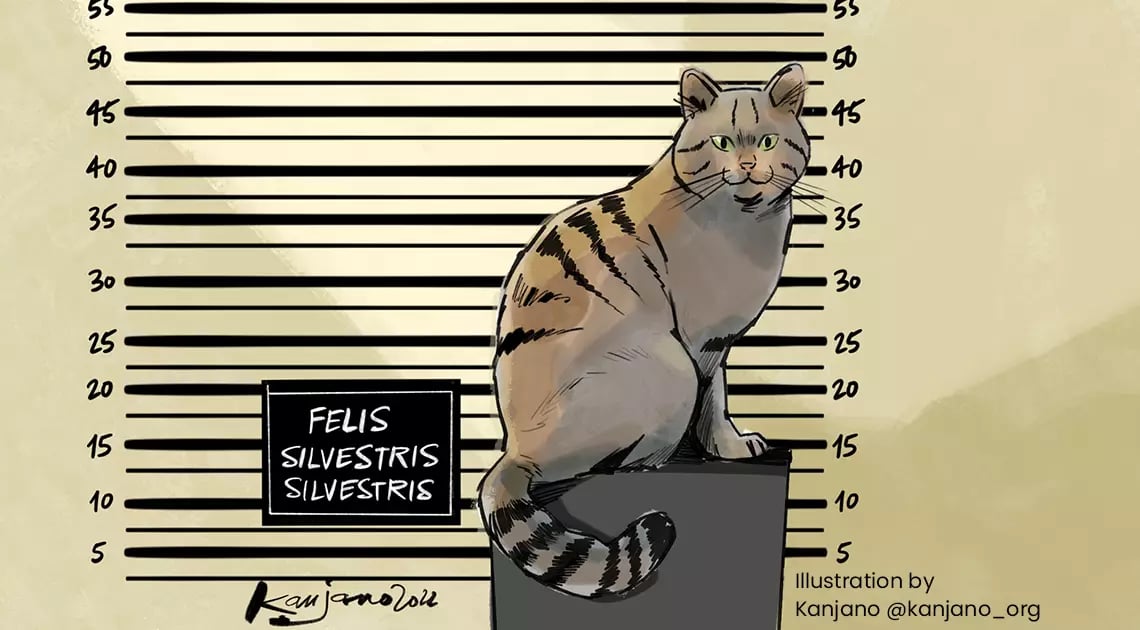
To distinguish it from its aforementioned cousins is simple: lynxes are, in fact, larger, with tufts on their ears and with a very short tail. The wild cat, on the other hand, generally has the appearance of a tabby cat with a deep grey colouring and an evanescent stripe on its sides.
But how can we distinguish it, then, from a domestic cat (roaming or re-wilded)?
Let’s start by saying that the wild cat is not, contrary to what is believed, necessarily bigger than our house cats: their weight is around 6 kg, their height at the shoulder is about 35 cm, and their maximum length 120 cm tail included.
It is therefore necessary to check for a series of morphological and chromatic characteristics that, on the whole, can give confirmation of their identification.
Among these, let's look at the most immediate: on its tail, which widens towards a rounded tip, giving it the classic "club" shape, there are black rings separated from each other. On its back there is a long uninterrupted black line, which begins at the height of the shoulder blades and ends on the pelvis, and at the cervical spine there are some very elegant and very marked parallel black streaks.
Other observable physical characteristics are a reddish colouration behind the ears, a horizontal black line above the rhinarium (the "nose"), and an extended black area on the underside of the legs.
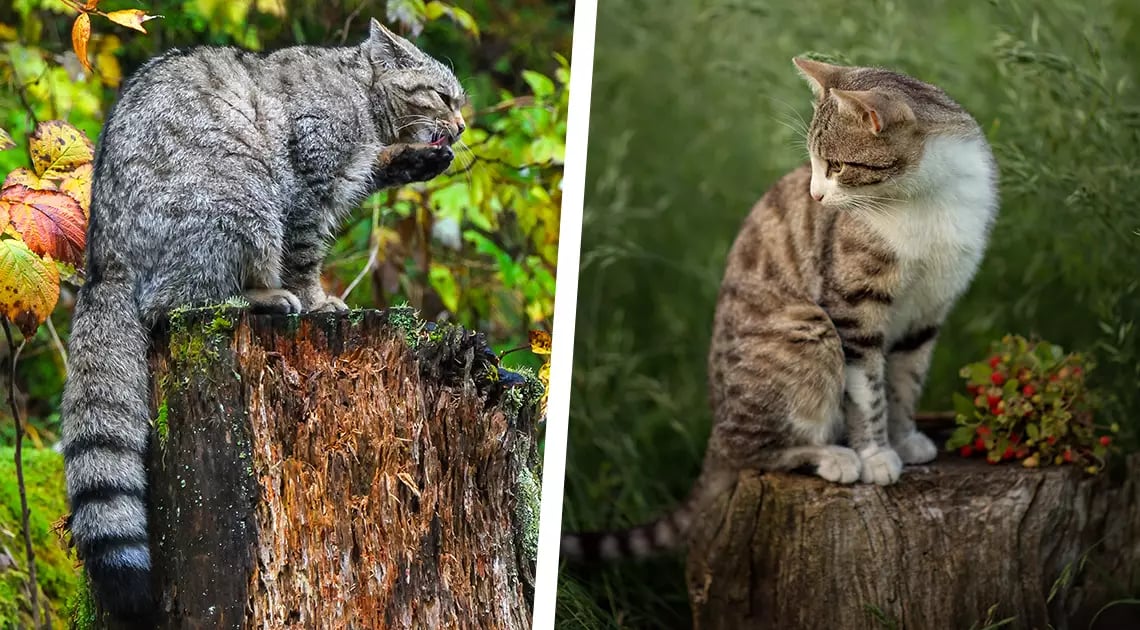
If a cat spotted on an excursion or caught on a video-camera trap has all these physical characteristics together, with good certainty, it will be the wild cat. However, in some areas (e.g. Scotland), there are no more "pure" wild cats, but only hybrids, originating from crossbreeding with (domestic) cats left free to roam in the wild.
In Italy, as far as is currently known, the phenomenon of hybridization seems limited, although present, but the researchers of this field always agree in saying that a 100% certain identification can only be obtained through genetics.
Speaking aside, it is also worth considering the African wild cat (Felis silvestris lybica), found in Italy only in Sardinia: leaner, with a less marked pattern (drawing) and a more reddish colouration, it is probably the true ancestor of our pet cat.
The distribution of the wild cat in Europe is quite wide (from Portugal to the coasts of the Black Sea), and is locally enlarging.
In Italy, for example, for decades this species was considered harmful, and was eliminated in any way possible, also to sell its fur. Fortunately, the protection regime it now enjoys and the expansion of forest cover have allowed its return, and now it can be found, in addition to the major islands, in most of the central-southern regions of our peninsula, up to about the height of the line between Liguria and the hills of Bologna.
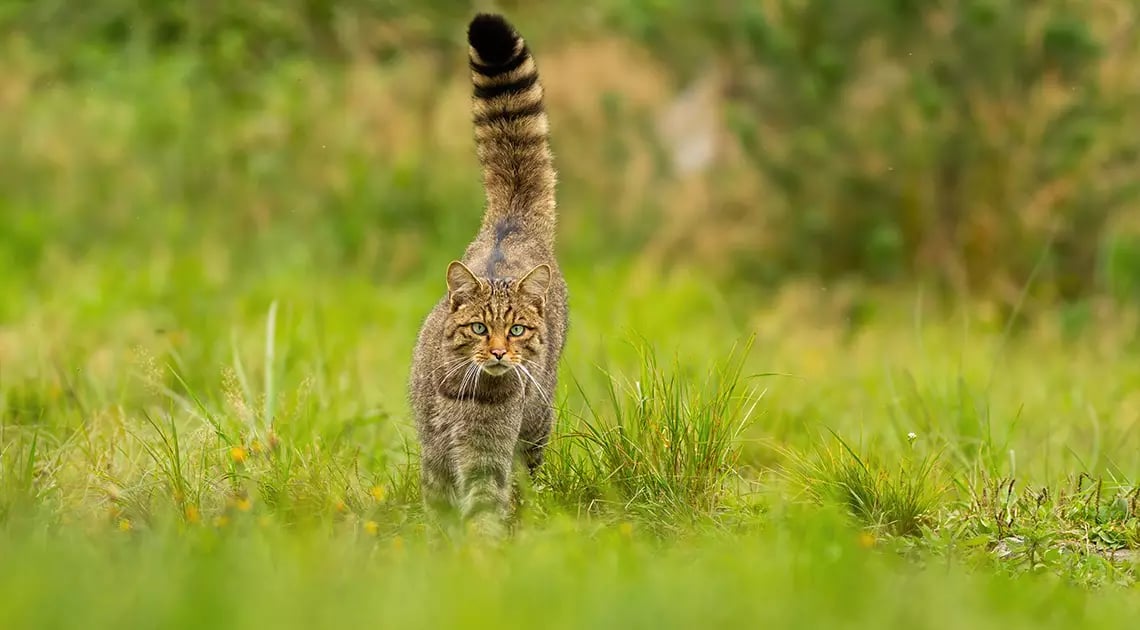
At the same time, its Balkanic population is showing a westward expansion, with reports of permanent wild cats in several areas of Friuli-Venezia Giulia, Veneto and Trentino-Alto Adige.
Although now fortunately more widespread, the wild cat is very difficult to come across. The low densities (each territory can be from 3 to 50 km wide depending on sex and available resources) and its small size, as well as its predilection for wooded and bushy areas, or rocky areas and undisturbed slopes, make it a real ghost of the woods.
Thanks to my fieldwork, I have observed it several times, but almost always by chance: a flicker in my binoculars at a great distance, a sudden crossing in front of my car, or a missile from my feet along a path. On every occasion, however, I felt privileged, because I was able to look into the eyes of a living legend, that as a child I admired in drawings in books now with worn out pages from my constant perusing of them.
Who knows how many times two big green eyes have stared at me motionless among the vegetation without me realizing it, while I walked through a small clearing, or looked out on a cliff.
It must be said that this species is often purely nocturnal, and therefore not easily observable in activity in the light of day. It is interesting to note that the wild cat can choose not only cavities among the rocks or in fallen trunks for its diurnal shelter, but also abandoned badger dens, structures that could well have favoured its expansion even on level ground, as in the case of the golden jackal.
Obviously the wild cat is a very skilled predator, which can be defined as an "elective specialist": its diet is ample and varied, and includes micro-mammals, birds, reptiles, amphibians and insects. But depending on the geographical area and the available resources, it can specialize and systematically predate a single type of prey. Where there are numerous rabbits, for example, it will insist on those and eat fewer rodents, while where rabbits are scarce, it will increase rodent intake in its diet.
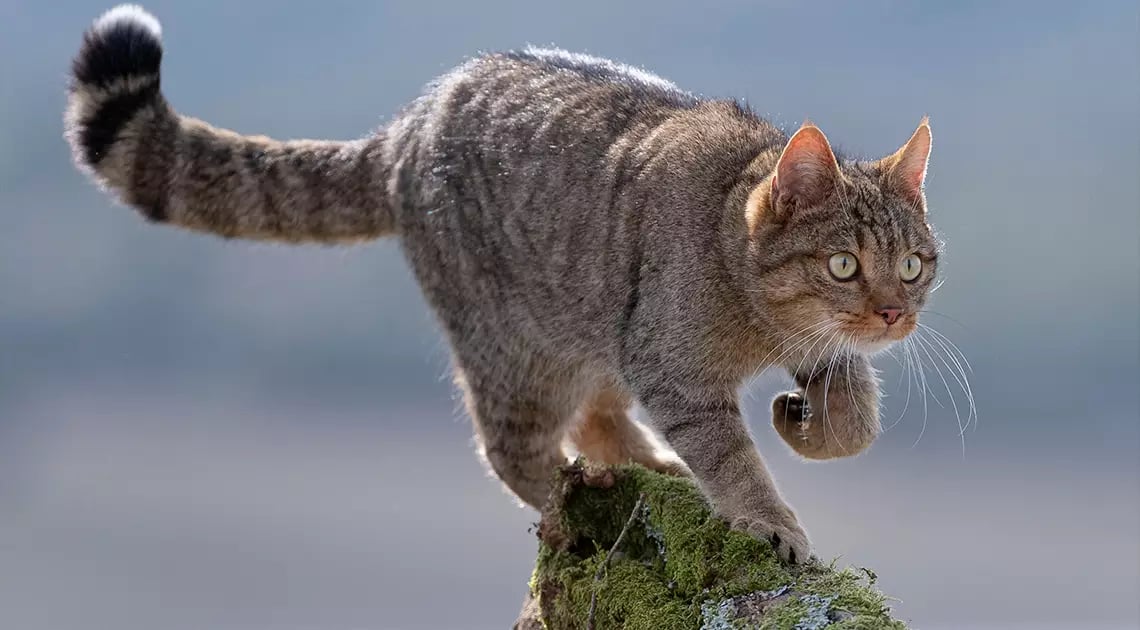
IThe possibility of catching a lot more prey is particularly relevant in the reproductive period: mating occurs especially in February, and the female must take care of 2-4 kittens, born with beautiful blue eyes after a gestation period of about 70 days, and which remain with their mother for another three months before they become independent.
In any case, we still have a lot to discover about the wild cat: if you are in doubt of having seen one in Italy, and you have videos or photos, I advise you to post them on the website www.gattoselvatico.it, a national monitoring project that seeks to shed light on the biology and distribution of this species in our regions. Becoming familiar with a species and helping researchers in its monitoring is a small step towards its conservation.
Here's hoping that the ghost of the woods, with its magnetic and unforgettable look, can regain its original range and make all our mountains even wilder.
AUTHOR`s Biography
Marco Colombo (1988)
Naturalist, photographer and science communicator
Environmental guide, scuba diving master and TV scientific consultant, he graduated in Natural Sciences; his photographs and articles have been published in several magazines, such as BBC Wildlife, Nat'Images, Unterwasser, Focus Wild, Naturfoto, Ezdive e Ocean Geographic. Among his books, we underline 4 photographic volumes covering a wide range of topics, from underwater life in the rivers to snakes, from badgers to wolves and bears. Regularly involved in lectures on biology and photography, he exposed his shots in exhibitions all around Italy and Europe. In 2007 he discovered a new spider species in Sardinia. Many of his shots received awards in main competitions as Wildlife Photographer of the Year (category winner in 2011-2016-2018), GDT European Wildlife Photographer of the Year, Festival Mondial de l'Image Sous-Marine and Asferico. He thinks curiosity, creativity and respect should drive photographers in their works. More on www.calosoma.it

